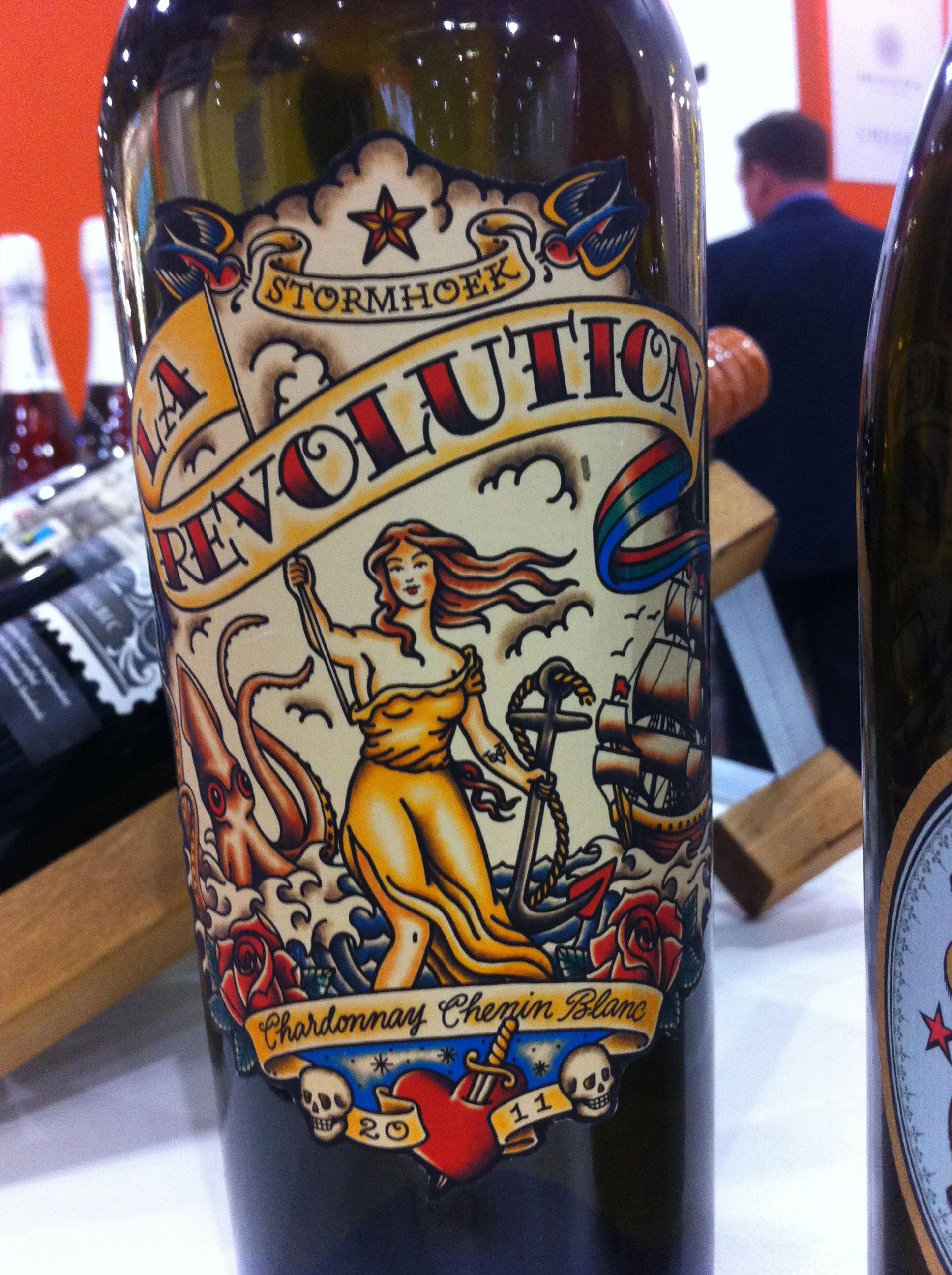It's Pinot Grigio kids but not as we know it...
/At a recent visit to a very reputable restaurant in Amsterdam, I noticed on the wine list that a Pinot Grigio was the most expensive white wine. Intrigued, I asked the friendly wine guy about it explaining that typically in the UK, Pinot Grigio was seen as the entry level house wine and not the flagship event. He told me that it was his favourite wine on the whole list and I am easily led astray. We ordered a bottle and it looked...interesting.
I don't like the look of yours much...
When I looked at it, it didn't look appealing. Thankfully we had been pre-warned that this was an Orange Wine. For those folks who have never heard of Orange Wine, here's why it looks (and tastes) so funky.
Traditionally, white wine is made by pressing the white wine grapes and then avoiding any subsequent contact with the skins. For red wine, this is generally preferred as the skins give the wine extra colour and add tannin. Tannins on most white wines are generally seen as a no-no.
However, for the production of orange wine, the wine maker employs more of a red wine making approach ensuring that there is sufficient contact with the grape skins to give the wine some tannin and colour; it can look odd if you're not expecting it.
As for the taste, this orange wine was a Radikon Pinot Grigio 2014 from Italy and was clearly a wine that sat between a white and a red. Initial flavours were more red wine dominant with gentle blackberry / strawberry fruit flavours followed by a white wine pear drop finish that was rich and buttery.
Not an experience that would appeal to everyone but you never know until you try!












